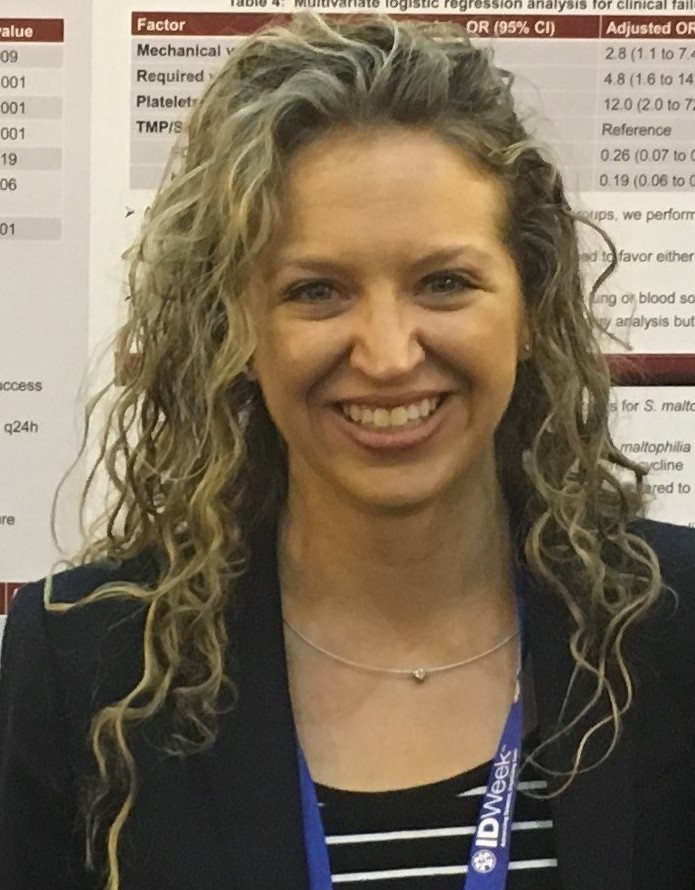By Shauna Junco, Florida Clinicians for Climate Action
Recently the University of Florida celebrated the opening of its largest and most sustainable building on campus, the iconic Malachowsky Hall for Data Science and Information Technology.
Florida Clinicians for Climate Action sees much to celebrate. Not only is Malachowsky Hall dedicated to revolutionizing medical, pharmaceutical and environmental engineering research by applying the power of artificial intelligence (AI), it was also built with sustainability in mind. By minimizing energy use, installing solar panels and utilizing other widely available technologies, Malachowsky Hall was able to apply for the highest sustainability designation a building can — LEED Platinum. Should Malachowsky Hall receive that status, it will be the only building on UF’s campus to do so.
We applaud the aim of finding solutions to health and environmental questions so complicated that many researchers never dreamed of asking them, while still recognizing the need to implement climate solutions today. As clinicians already caring for patients suffering from the health impacts of a warming climate, we know the need is great.

While Malachowsky Hall and UF’s supercomputer, HiPerGator, put UF on the world leaderboard when it comes to accelerating climate and health solutions research with AI, one wonders why UF has still not publicly examined how to supply energy to its campus as Malachowsky Hall does — sustainably.
The Rocky Mountain Institute recently published an analysis that shows UF could power its campus by utilizing energy efficiency upgrades, solar panels and other well-established technologies. While that might sound expensive to people who don’t closely follow climate solutions, it would actually save UF money. A lot of money.
The latest plan announced by UF to supply its own energy – by building the fossil gas-burning Central Energy Plant (CEP) on UF’s campus — is estimated to cost $115 million more than the RMI sustainable proposal. The significantly more expensive price is just the upfront difference as it does not include the cost of the gas UF would burn in the CEP or the health costs from burning fossil fuels next to where people live, study and work.
Unless UF makes a commitment to provide the same dedication to sustainability it has for Malachowsky Hall to its campus at large, they will be the very ones driving the climate, environmental and health harms the faculty and students housed at Malachowsky Hall are working so hard to solve.
According to a study done by the Union of Concerned Scientists, decreasing global greenhouse gas pollution over the next 13 years will allow Gainesville to avoid experiencing a heat index every summer so high it is literally off the charts — 127 degrees. It sounds unimaginable, but this expected change to Gainesville’s local climate is predicted to start occurring in just over 10 years should the current trajectory of carbon pollution continue.
The data are clear: When it comes to preventing extreme heat in our lifetimes, the energy supply choices being made today matter. Fortunately, not only can UF supply its own energy sustainably, it already has a roadmap for how to do it.

UF halted announcements about the CEP after public outcry locally and across the state, and suggested they could not change course at the time of the RMI analysis as the past president had announced his resignation and no one had yet been hired for the position.
Newly installed President Ben Sasse has filled the role and can weigh in. He has already shown leadership through his support of the sustainable technologies showcased in Malachowsky Hall and by supporting the environmental and health solutions research being done there. He has a tremendous opportunity to lead on environment and health by moving forward with a sustainable plan to provide UF its energy.
UF was recently named the No. 1 public university in the United States by the Wall Street Journal. That prestigious ranking is a sign of the forward thinking being done by this university’s decision makers. The plan to power the university using outdated and harmful technologies seems very much at odds with the visionary promise of Malachowsky Hall.
The question at hand is: Should UF lead Florida’s State University System in sustainable practices, save significant money to invest in its future and improve the air and health of its community? We are confident if UF performed even a basic analysis, let alone used HiPerGator to map out multiple possibilities, it would come to the same conclusion: A sustainable energy supply is the right answer for health, economic return, resiliency and a future worth investing in, and we must choose it today.
Shauna Junco, a clinical pharmacy specialist in infectious diseases, is a proud graduate of both UF’s College of Liberal Arts and Sciences and the College of Pharmacy. She co-chairs the advocacy committee of Florida Clinicians for Climate Action. For more information, see floridaclinicians.org. This piece was originally published by The Independent Florida Alligator and is reprinted with permission: https://www.alligator.org/article/2023/12/plant-oped.
Sign up for The Invading Sea newsletter by visiting here. If you are interested in submitting an opinion piece to The Invading Sea, email Editor Nathan Crabbe at ncrabbe@fau.edu.



